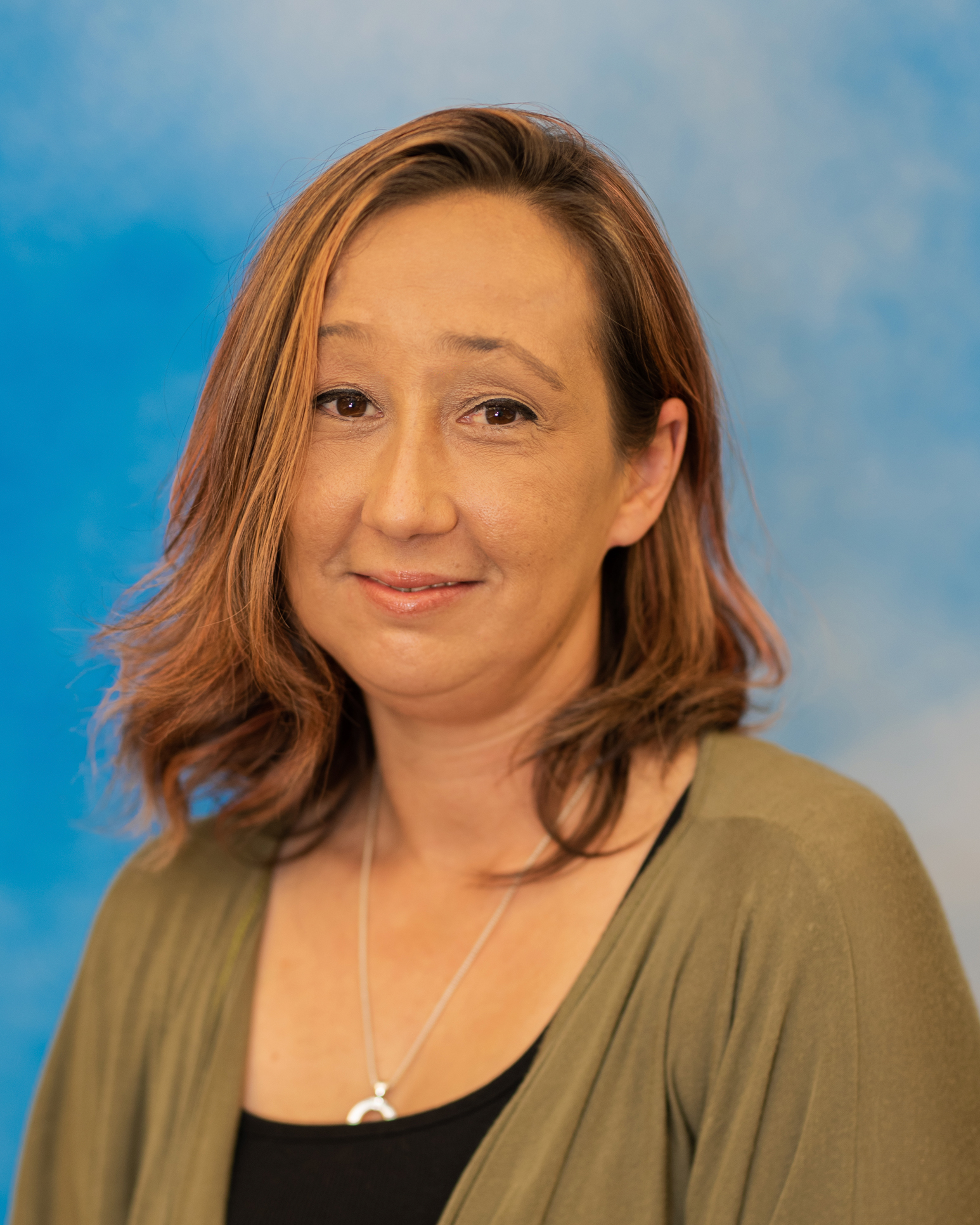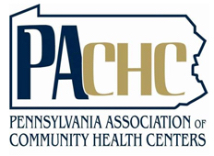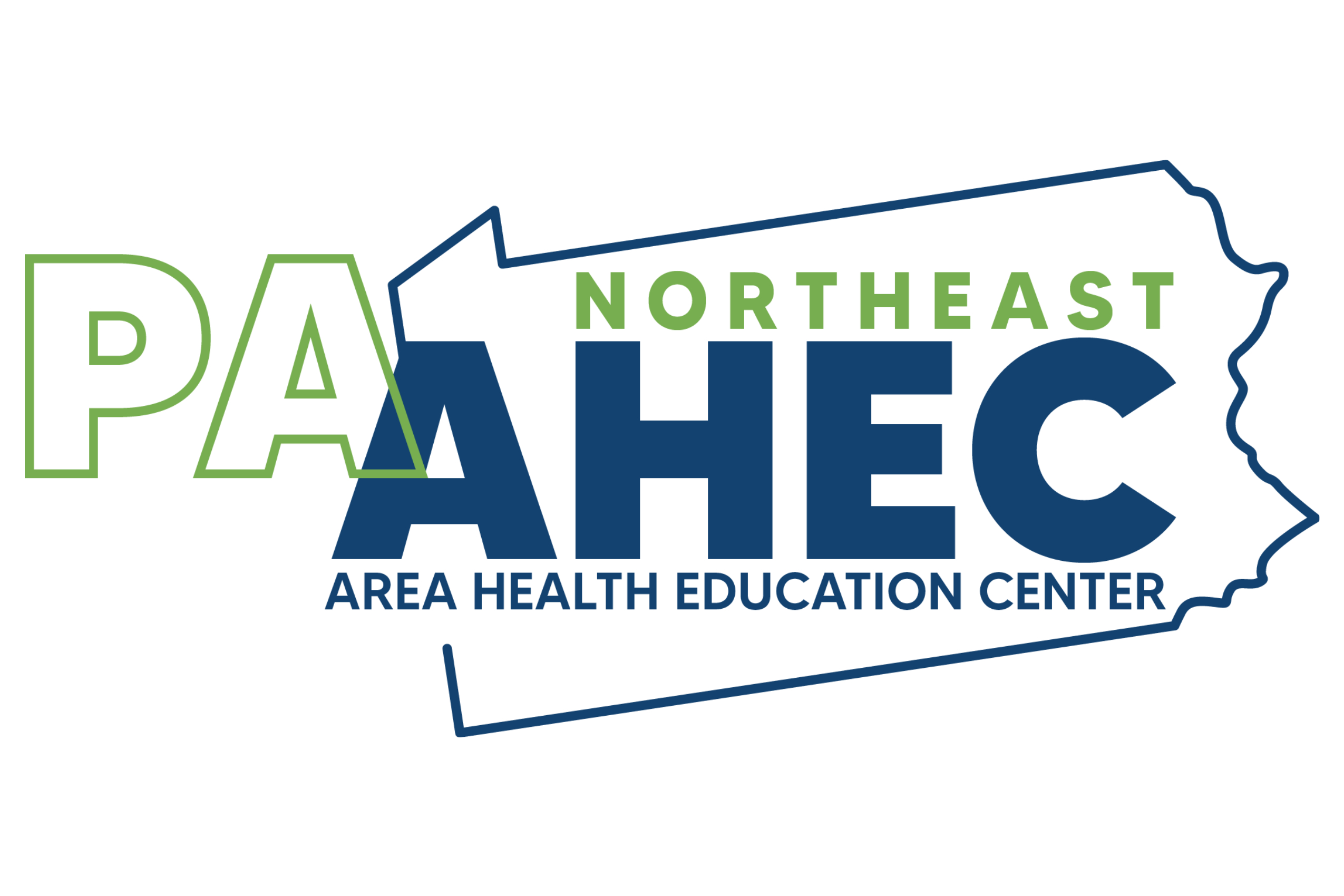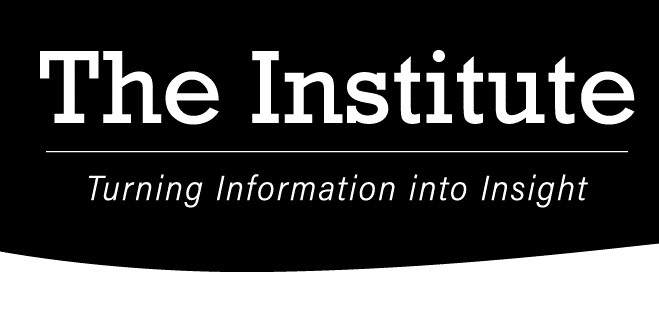Finding the right opportunity
Happenstance plays a role in single mom discovering a rewarding career as a community health worker
As she worked toward her medical assistant certification at Johnson College in Scranton, Pennsylvania, Nicole Sekelsky spotted a flyer for a community health class and thought it might help her add some essential skills.
Instead, the classes offered by the Pennsylvania Area Health Education Center changed her career trajectory. Today, the Tunkhannock, Pennsylvania, native is a community health worker (CHW) at The Wright Center for Community Health, helping people just like her find resources to improve their health and lives.
In November 2021, Sekelsky left a 25-year marriage. She worked as a manager at the North Scranton Dunkin’ but quickly realized her $13.25-an-hour salary was not enough to provide her four children – now 23, 20, 18, and 7 – with the stability they needed.
“I was working for DoorDash and Uber Eats; I donated plasma, whatever it took to put food on the table and not get evicted,” she says. “At one point, I had to sell my wedding ring. It was brutal.”

As the COVID-19 pandemic continued to rage, Sekelsky noted how health care careers were in demand. She began thinking about returning to school and then found a post on Facebook about the new program – Readiness In Skilled Employment (RISE) – that helps Lackawanna and Luzerne county residents living 250% below the federal poverty level train for in-demand careers. Supported by the William G. McGowan Charitable Fund, the program is a partnership among United Neighborhood Centers of Northeastern Pennsylvania, Johnson College, and the Institute for Public Policy and Economic Development.
“I thought, if I get certified as a medical assistant, there’s no lack of opportunity,” she says. “I won’t lie. It wasn’t easy going. They want you to do the work.”
She stuck with the nine-month program, which required 40 hours of training a week. In addition to academic training, RISE participants also learn life skills ranging from budgeting and resume writing to home and vehicle maintenance.
When she first spotted the flyer for community health classes on Johnson College’s campus, she assumed it involved first-aid training, CPR, and other skills she could use as a medical assistant. When she arrived for the first day, however, she learned CHWs focus on connecting people to local resources that help with needs such as housing, food, transportation to doctor’s appointments, utility assistance, and more.
The duties were very similar to what Sekelsky had been doing for herself ever since she left her marriage.
“I knew, from going through my domestic situation, what the Women’s Resource Center offered. To find more resources, I was making a lot of phone calls, doing a lot of Googling, getting feelers out there,” she says. “When I learned about CHWs, something just clicked for me. I decided I needed to do whatever it took to succeed in that career.”
After completing her medical assistant certification and her community health classes, Sekelsky immediately began putting what she learned into practice. She joined The Wright Center for Community Health in the fall of 2022 after briefly working for AmeriCorps. She currently works at the Mid Valley Practice in Jermyn, Pennsylvania.
“Community health workers advocate for our community and patients, as well as enrich their lives by closing the gap between their physical health and socioeconomic barriers,” says Amanda Vommaro, CCHW, director of patient-centered services and supervisor of the community health workers at The Wright Center for Community Health. “Nicole has become an essential member of the team. She works diligently to ensure that our patients have access to food, housing, clothing, and other factors that affect their health.”
When she first arrived at The Wright Center, however, Sekelsky said few patients knew who she was or what she did. She took a proactive approach, printing out information to help determine how she could help patients and approaching them after medical assistants were done with routine screenings at the start of their medical appointments.
“I just flung myself out there,” Seleksy says today. “I probably did that for about six weeks before people started realizing where I was and how I could help.”
Vommaro says there’s a growing awareness of what CHWs do in health care settings and how they can help impact patients’ overall health and well-being. “In the last three years, the department has evolved to become a critical part of the clinical care team, entrusted with remote patient monitoring, home visits, and welfare checks, among other essential responsibilities,” she explains.
Asked about her greatest success, Sekelsky recounts her encounters with a man experiencing homelessness who repeatedly came to the Mid Valley Practice. At first, he visited repeatedly to request a cup of coffee and, after a few visits, asked for a blanket. Eventually, he asked for help finding housing.
“He was probably here for two or three months, at least three or four days a week,” she says. “We got him a place to live through the Scranton Housing Authority, and all the medical assistants pitched in and bought him some new clothes, groceries, everything he needed.”
She grinned as she talked about how having stable housing helped the man improve his health because he could now take his medications regularly.
“It started with getting someone a cup of coffee,” she says. “It never in my wildest dreams would have occurred to me that it would end up the way it did.”
Sekelsky is not finished learning and growing. She recently enrolled in Penn State World Campus’ online associate degree program in human development and family studies and was accepted into a highly competitive National Community Health Worker Professional Skills Training program through the National Association of Community Health Center’s Quality Center. Out of more than 500 applicants, Sekelsky was one of 30 accepted into the program, enabling her to learn about CHW work on a national level.
“I want to keep going,” she says. “How many people can genuinely say that they love their job? I can.”








